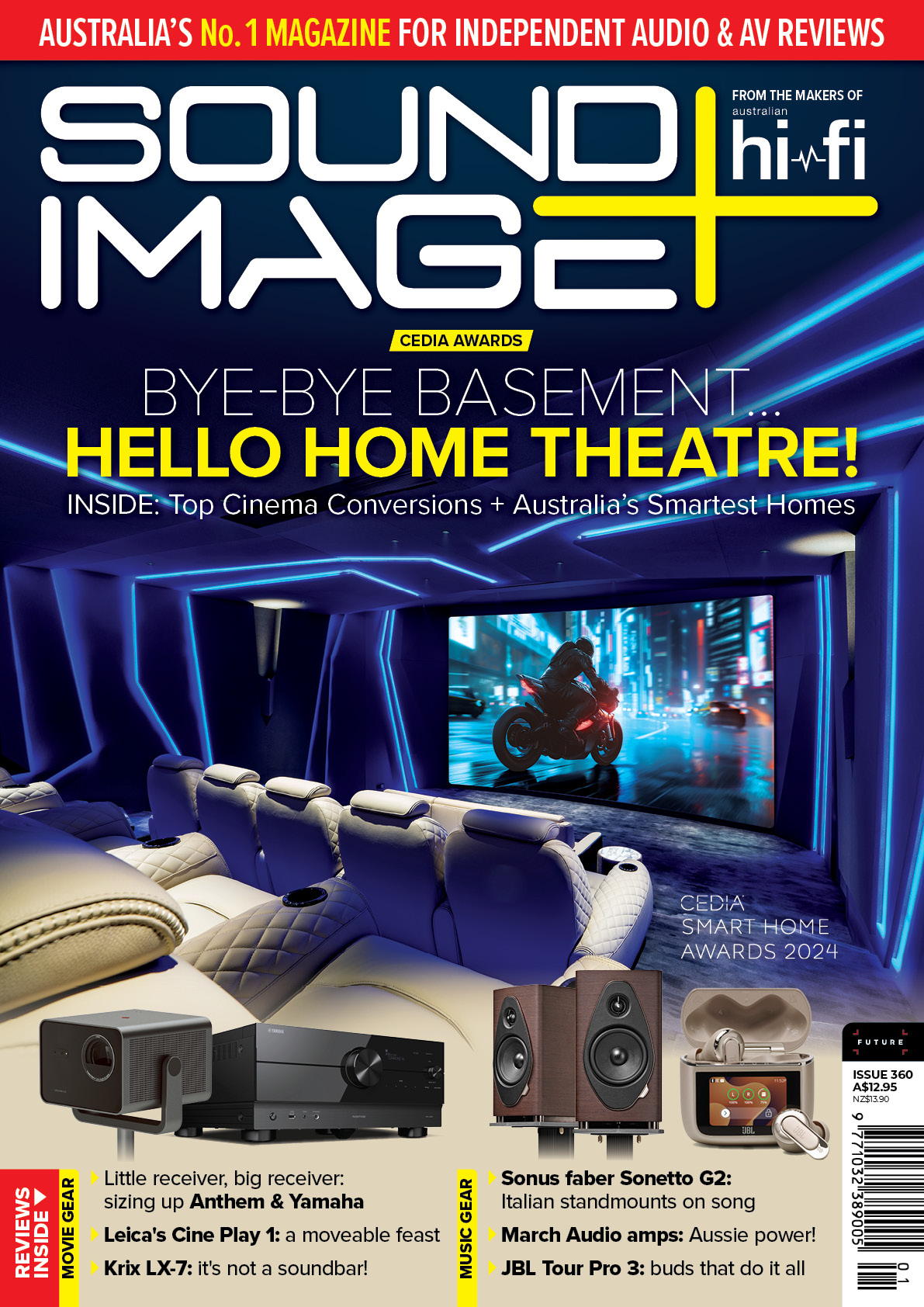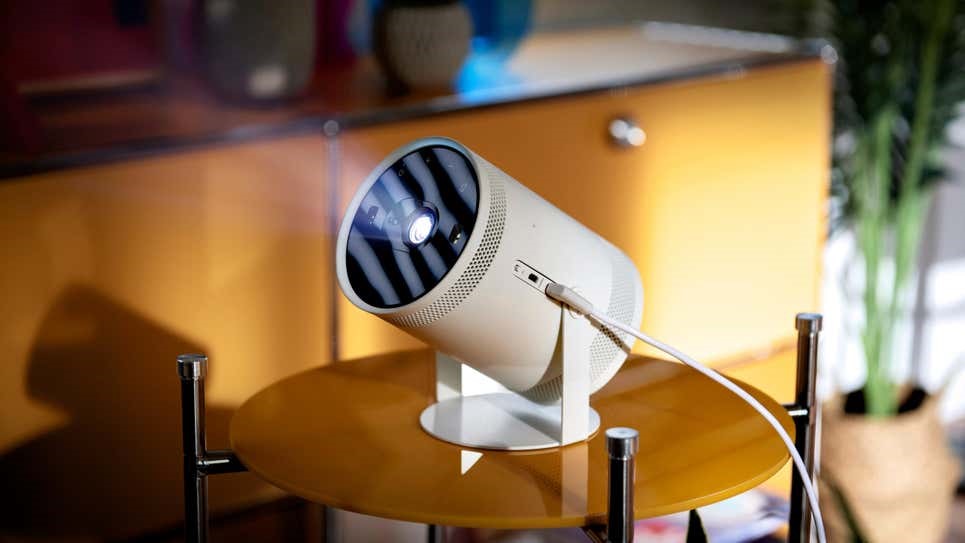WINNER: Lifetime Achievement – Sound+Image Awards 2023
Each year we recognise a hi-fi luminary for services to the home entertainment electronics industry

Our Awards have been running for more than 30 years, and for the last 16 of those it has been our honour to honour those whose careers have shaped Australia’s hi-fi industry and brought the joys of high-quality home entertainment to so many.
This year's recipient joins the ranks of the Sound+Image Lifetime Achievement alumni since the first award in 2007:
2007
John Fahey
Brian Lee
Len Wallis
2008
Michael Henriksen
Josef Riediger
David Small
Greg Borrowman
2009
Alex Encel
Scott Krix
Geoff Matthews
2010
Philippe Luder
Derek Pugh
2011
Paul Graham
Colin Whatmough
2012
Ken Ishiwata
Get the What Hi-Fi? Newsletter
The latest hi-fi, home cinema and tech news, reviews, buying advice and deals, direct to your inbox.
2013
Stephen Lee
2014
John Cornell
2015
Jacki Pugh
2016
Don MacKenzie
Brad Serhan
2017
John Martin
2018
Mark Döhmann
2019
Gordon Hoskins
2020
Paul Clarke
2021
Philip Sawyer
And as our Awards are later than usual this year, we jump straight into 2023 for our latest winner...
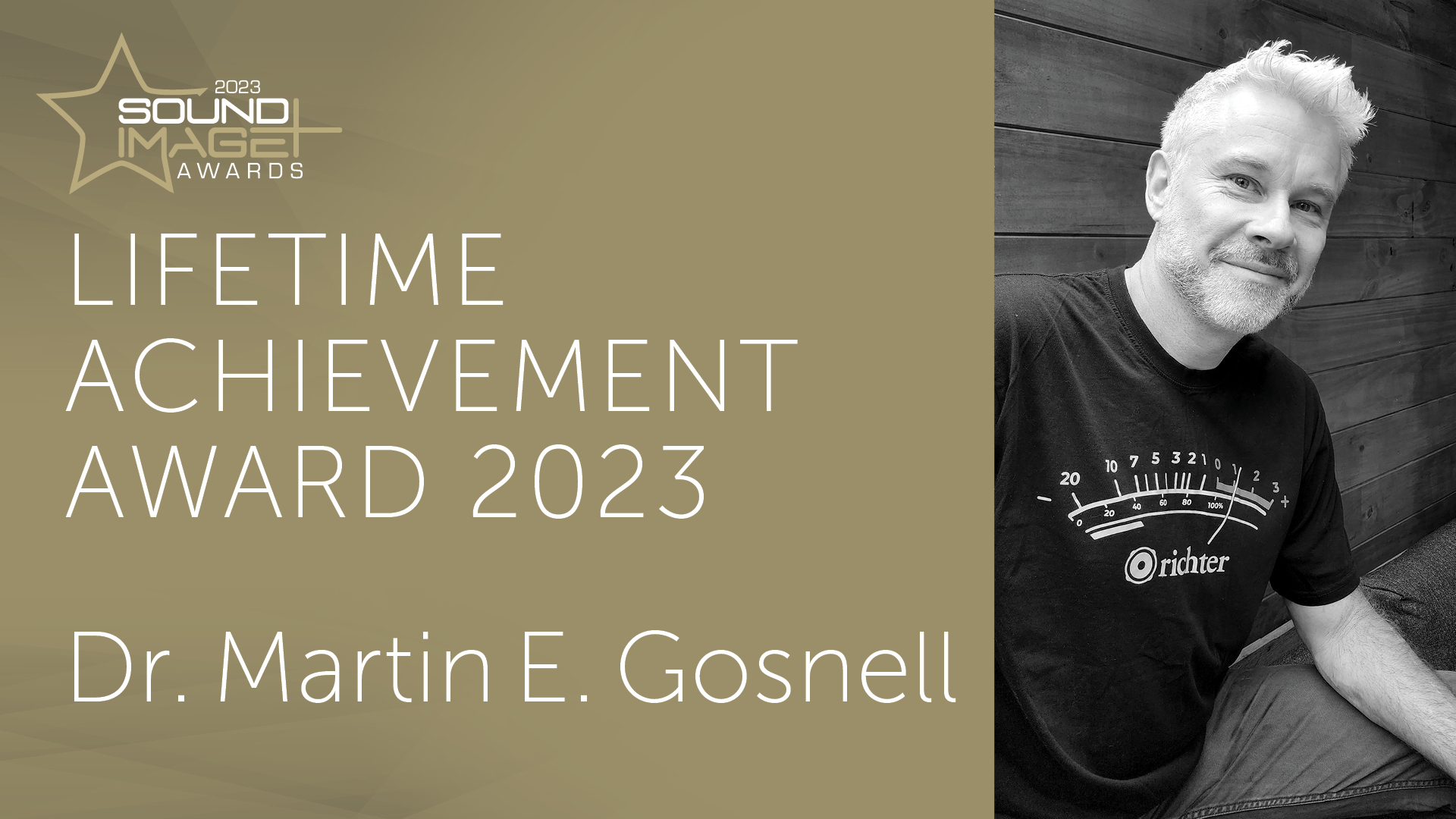
SOUND+IMAGE LIFETIME ACHIEVEMENT AWARD
Dr. Martin E. Gosnell
Our Lifetime Achievement Award doesn’t indicate that it’s all over for the recipient – this year’s winner is certainly of an age where we trust there’ll be plenty of work still to come. Yet Dr. Martin E. Gosnell already has more successful loudspeaker designs than many a retired designer. And his resumé is a busy one.
He built his first pair of loudspeakers at the age of 17 in his father’s garage (using 10-inch Etone woofers, Audax bass-mids and a classic 25mm Philips tweeter, with a soon-modified three-way Jaycar crossover, he remembers). At 21 he started making active speakers and — after having a dream about designing speakers professionally – he started his own brand, DM Loudspeakers.
An intense and varied career, meanwhile, saw him as a telecommunications technician, then at CSIRO designing scientific research equipment (world-first laser combustion single particle nano-mass analyzer, anyone?), taking a degree in electrical engineering (first-class honours majoring in control, instrumentation and AI vision), and winning an IEE (UK) engineering prize.
Dr Gosnell has made a habit of keeping multiple careers ticking over. He was working as a contract design engineer – while also selling his own brand of speakers – when he got a call from Ken Dwyer of Audio Products.
“Ken had recently acquired Richter from Ralph Waters,” Dr Gosnell once told us when we interviewed him for a Richter history. “Ken was a real gentleman and I was impressed with his vision and enthusiasm, and before too long I was having an interview with him and a friend of his at the Novotel bar in Sydney. His friend turned out to be none other than Howard Heiber, former owner and president of API Canada, who was there to grill the socks off me on speaker technology, design and engineering. Well, I immediately ordered a double scotch.”
Dwyer left the two tech-heads to chat away, and when he returned several hours later, “Howard and I were engrossed in a conversation like two old enthusiasts. Howard gave Ken both thumbs up – and I was hired as Richter’s new contract designer.”
Dr Gosnell has been designing for Richter ever since, continuing through changes of ownership to John Fahey then John Cornell, while Richter went from strength to strength, winning an impressive collection of product awards (including our own). There were Predator and Sovereign ranges, the ‘Precious Metals’ range that received a huge reception through Harvey Norman, and the trifecta-award-winning Richter Thor Mark IV sub.
In 2016 Brian Rodgers bought Richter, having cut his teeth at Southern Cross Electronics before joining first Grundig Australia and then Bush Australia; Dr Gosnell describes their subsequent partnership as “a match made in heaven... Richter now has a formidable team of engineering, creativity, experience and passion.” The resulting Richter Series 6 has every bit scaled the heights of the company’s most legendary speakers – “by far the best ever, and better-than-ever value for money,” says Dr Gosnell.
And it is now topped by the latest creation, the Excalibur S6, which launches in a special edition black.
“Excalibur was one of those projects that just worked from conception to finality,” he says, even though his time on the project was challenged by those ‘other jobs’: developing spectral microscope systems for university groups and publishing multiple white papers on using spectral microscopy to characterise cellular metabolism.
He’s also worked as a senior machine learning analyst at Emotiv systems, developing algorithms to classify EEG brain signals, and was a senior bioinformatics analyst for a nanoscale biophotonics centre of excellence.
No wonder he says it has been an intensely busy period, and he greatly credits his wife Rachelle with getting him through it all.
Clearly, however, he wouldn’t change a thing. He asks us to thank everyone he has ever worked with, for their contribution to his fascinating and rewarding life.
“I love technology and science,” he tell us, “but there’s no feeling like making a product and seeing the joy on someone’s face when they hear it. I feel blessed to have worked in this industry — the longest thread in my multifaceted career. It’s been tough in recent years, but at Richter we have more determination than ever to keep this wonderful industry, as the song goes, ‘alive and kicking’.”
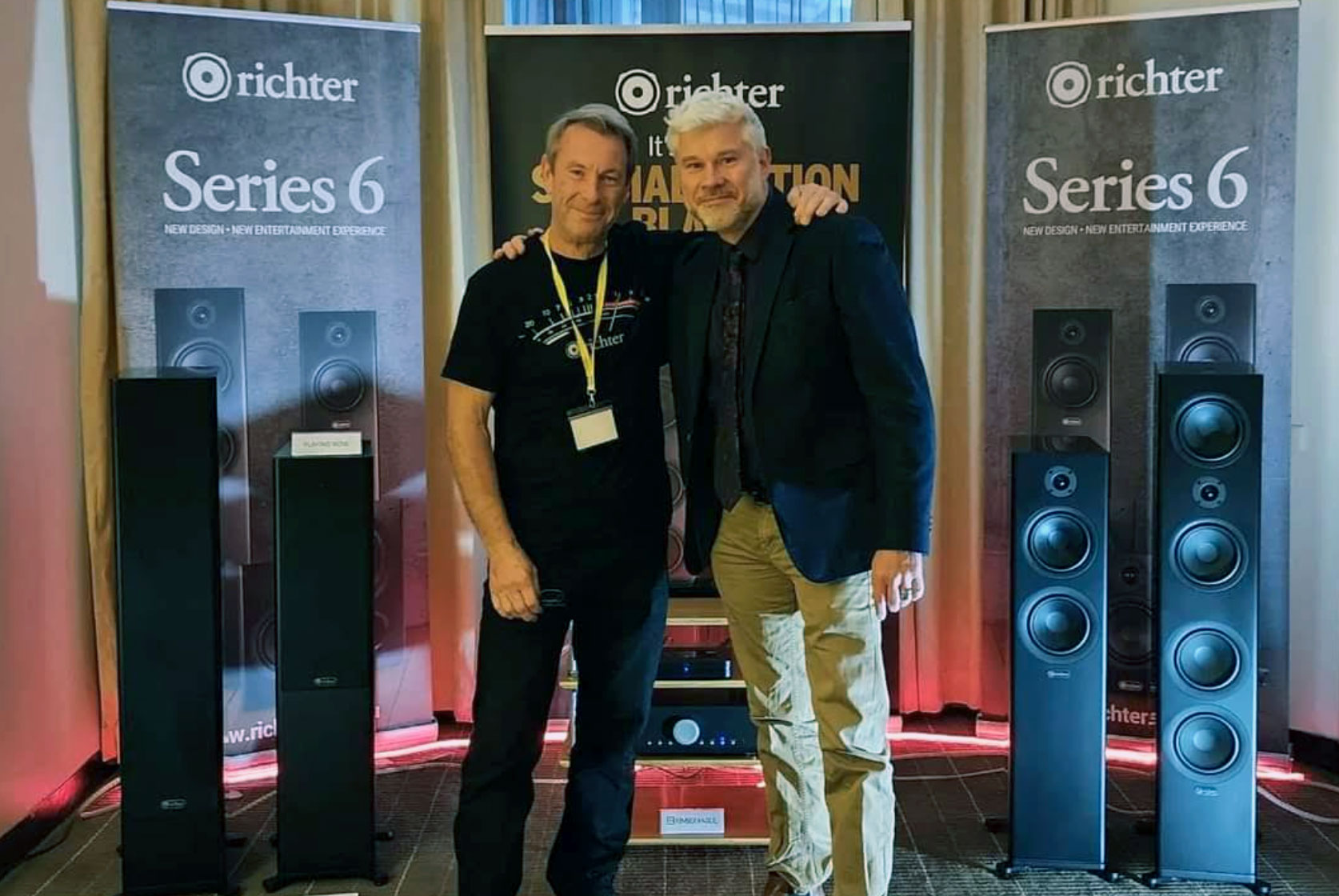
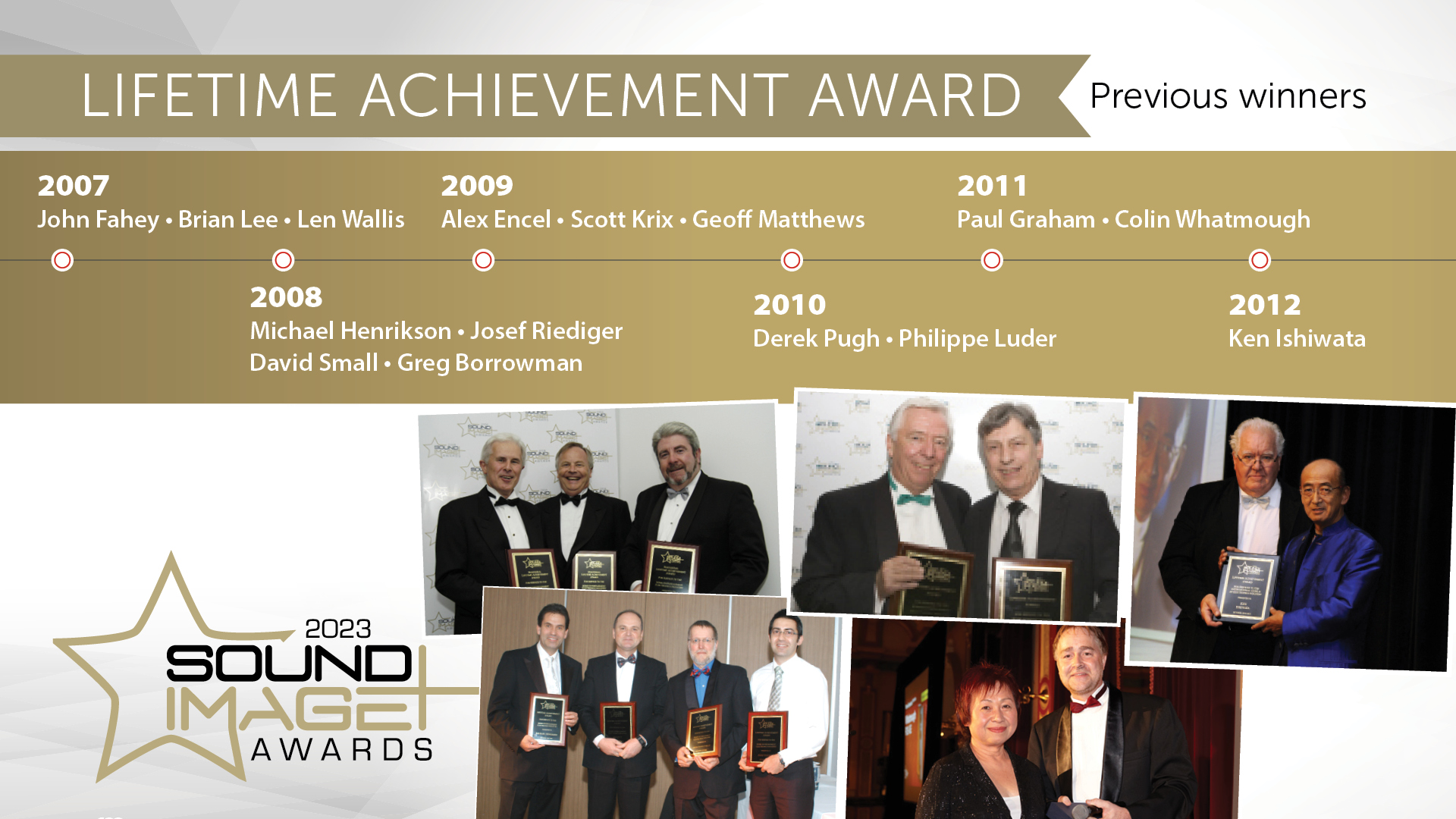



Sound+Image is Australia's no.1 mag for audio & AV – sister magazine to Australian Hi-Fi and to the UK's What Hi-Fi?, and bestower of the annual Sound+Image Awards, which since 1989 have recognised the year's best hi-fi and home cinema products and installations. While Sound+Image lives here online as part of our group, our true nature is best revealed in the print magazines and digital issues, which curate unique collections of content each issue under the Editorship of Jez Ford, in a celebration of the joys that real hi-fi and high-quality AV can bring. Enjoy essential reviews of the most exciting new gear, features on Australia's best home cinemas, advice on how to find your sound, and our full Buying Guide based on all our current and past award-winners, all wrapped up with the latest news and editorial ponderings. Click here for more information about Sound+Image, including links to buy individual digital editions and details on how best to subscribe.
